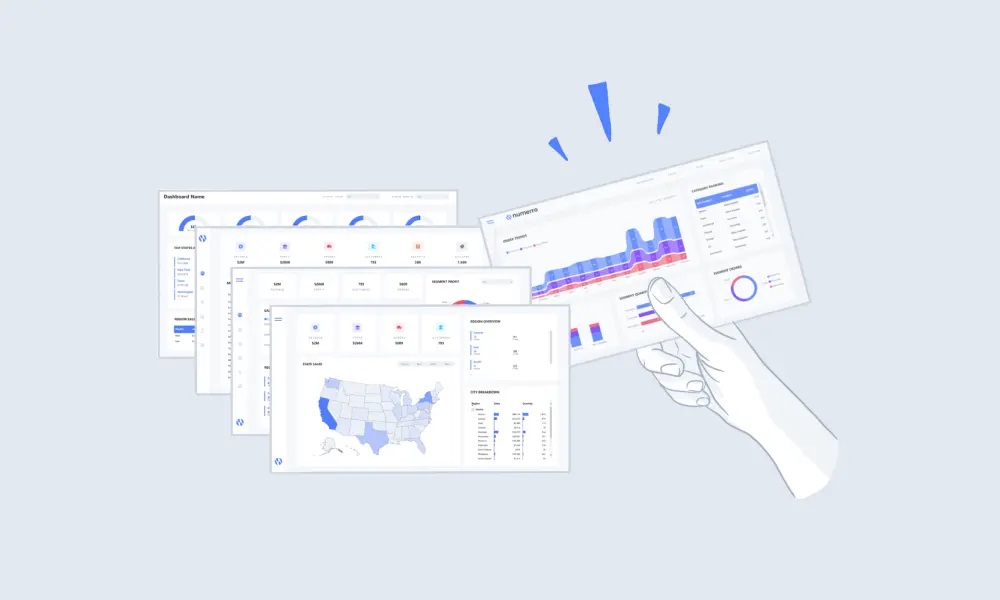Small business dashboards are essential for tracking and managing a firm’s numerous functions. It offers the ability to depict critical data and figures, enabling business owners and managers to make strategic decisions. The data provides a view of key performance indicators that aid in informed-based decision making and keep businesses on course toward their goals.
Components of a small business dashboard
Financial indicators
A small business dashboard is built on financial metrics. It is a set of several critical key performance indices that can reveal the company’s financial fitness.Tracking income and expenses enables companies to assess their income and cost over the years, observe trends, and take well-informed financial actions. Profit margins indicate how well a firm operates, and cash flow ratios ensure liquidity to meet short-term obligations.
Sales and marketing analysis
Small business growth depends on sales and marketing. Metrics like average order size, sales conversion rate, and customer acquisition cost help companies measure the efficiency of their strategies in sales and pinpoint areas that require improvements. It helps you set achievable targets and measure other marketing methods’ effectiveness.
Operational efficiency
They involve the day-to-day running of an entity, including inventory management, manufacturing efficiency, and supply chain efficiency. Watching inventory turnover rates and levels ensures companies keep ideal inventory levels by avoiding overstocking and stock outs. Metric assists in identifying bottlenecks of production and refining production processes. Using these metrics helps firms measure their suppliers’ reliability and delivery times, hence optimizing their overall supply chain activities.
Customer satisfaction and loyalty
Customer satisfaction and loyalty are imperative for every small business. The customer retention rate is an important metric that reflects how successfully the company holds its current customers, being usually more profitable than attracting new customers.
Productivity and employee satisfaction
Productivity, turnover, and training effectiveness are essential to employee performance in keeping a productive workforce. Employee satisfaction surveys reveal much about workplace culture and how management operates. Monitoring these metrics enables a company to establish a positive work environment and keep top-of-the-range personnel, lowering recruitment and training costs.
Goal tracking
There should be a goal tracking section in dashboards that businesses can use to follow progress toward their goals. These may include financial objectives, targets regarding sales quotas, marketing campaign objectives, and operational performance benchmarks. It is essential for the organization to frequently evaluate its progress towards goals as this ensures that it achieves its strategic objectives.
Personalization and visualization
A small company dashboard should be tailored to fit the specific business needs. They should also contain data visualization tools like graphs, charts, and dashboards, making it simple to comprehend any complicated details.
Summary
A small business dashboard is an important tool that entrepreneurs and managers can use to monitor and manage their businesses closely.







